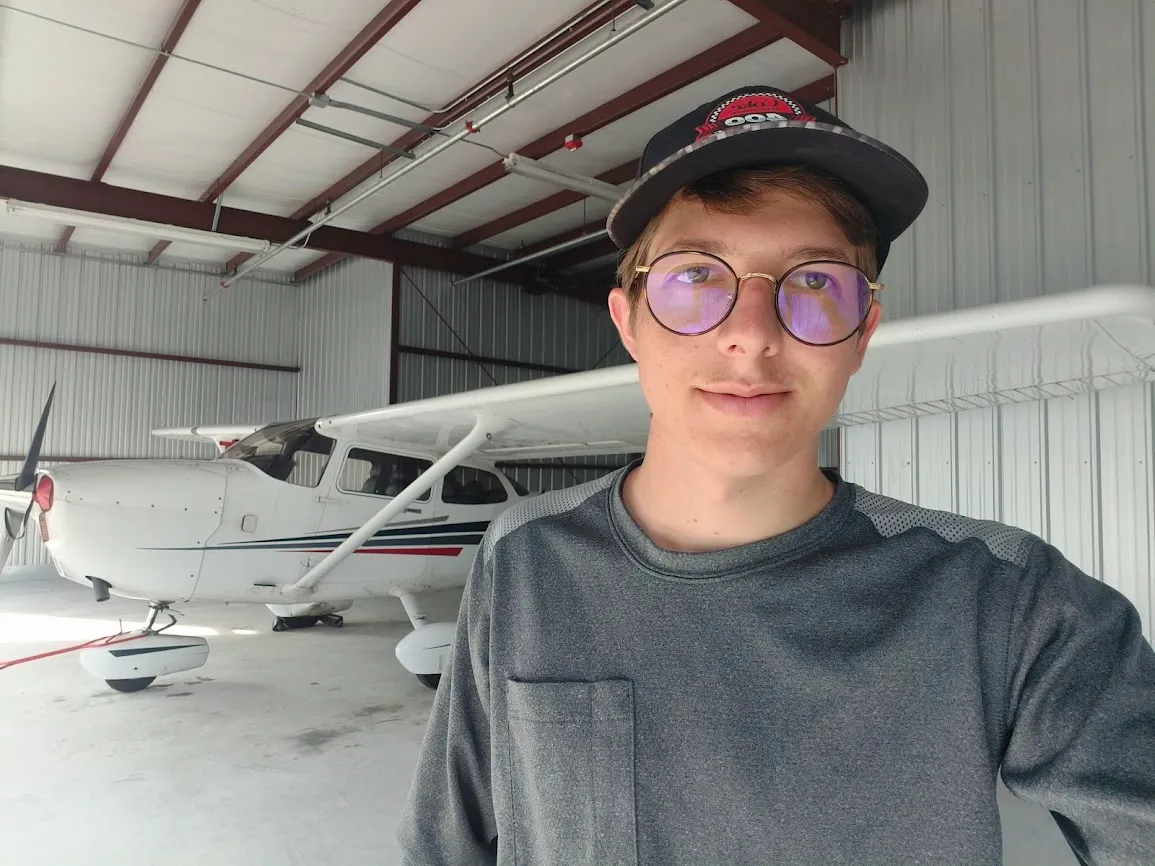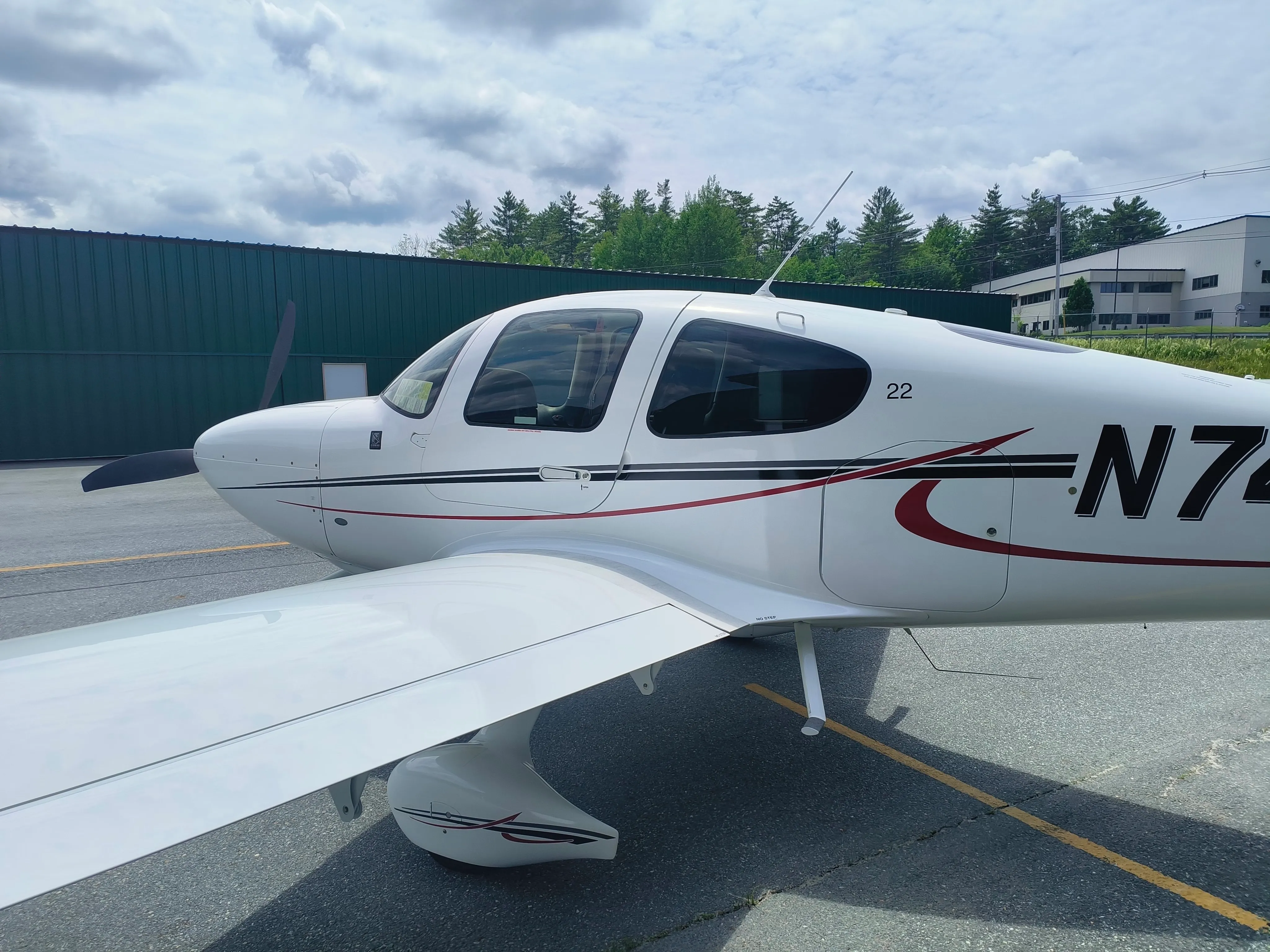Background
The SR22 might seem like just another general aviation (GA) airplane; however, the SR22 completely took the industry by storm. Not only was it the best-selling GA aircraft for 11 straight years (2003-2013), but it has also rewritten the rules for what matters to pilots. That being said, I was very excited for the opportunity to fly the SR22.
The aircraft costs around 1 million dollars ($844,900 base), assuming you can even get one. The crazy cost with the standard 310 HP single-engine design and relatively “normal” design begs the question, why is this airplane so popular?
Many people on the topic will say it is the fact that the SR22 was the first production GA aircraft with a whole aircraft parachute system (CAPS). While this is a big reason, it is actually only part of the whole story. I would argue that the real reason for the SR22’s success is due to Cirrus treating GA safety like software, constantly improving, never compromising, and always improving. In this write-up, I will dive into the safety systems of the SR22 and what we can learn from them.
CAPS System
The SR22 has the CAPS system, which basically is a massive 42-foot Kevlar parachute, which can be used to safely bring the aircraft down in case of a serious emergency. To date over 300 lives have been saved since 2002 due to the CAPS system. Additionally, a 2023 FAA study showed that CAPS-equipped aircraft had 59% lower fatal accident rates, causing every other manufacturer to rush to copy the design. It might seem confusing why this has not been a thing for a long time already, and there are two main reasons: cost and engineering. The industry simply did not know how much people wanted this safety feature, and due to the parachute needing to be inspected and replaced relatively often, it simply was not practical. Furthermore, it’s not an easy thing to build. The parachute is deployed at 133 mph with rocket-assisted extraction, so to build it reliably was hard and costly to engineer.
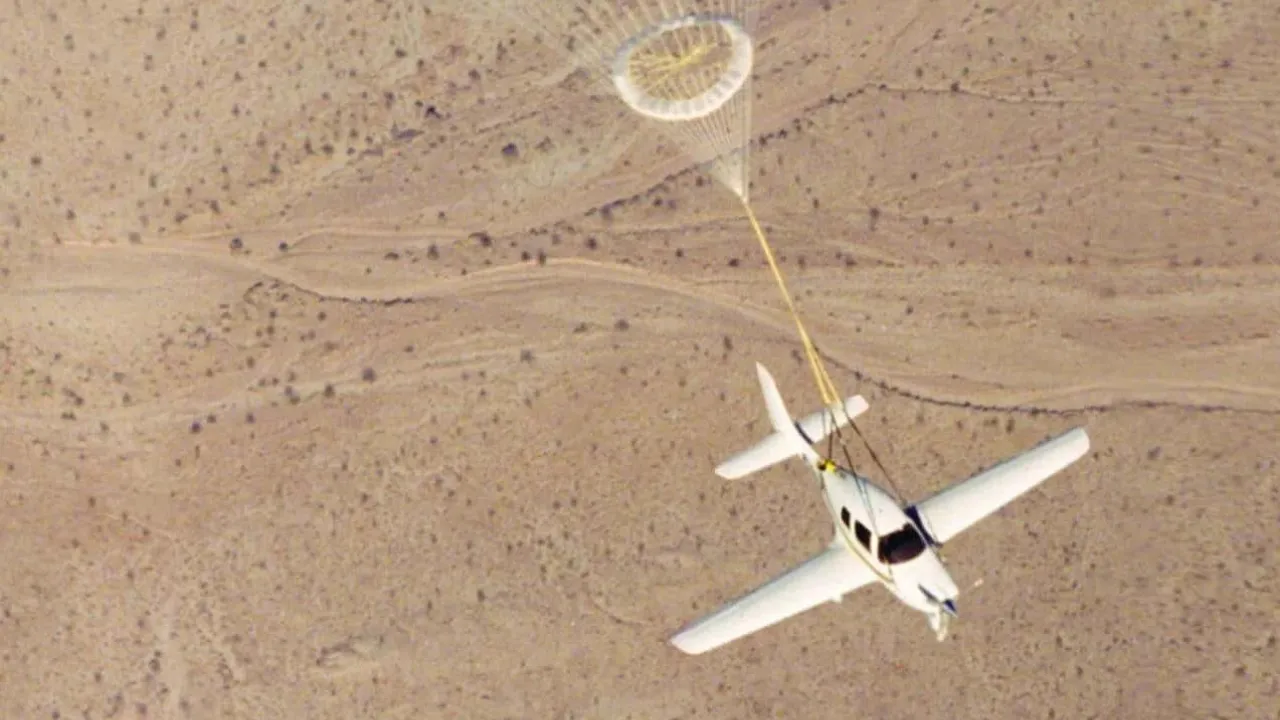
There is one more interesting note about this feature. What many people don’t know is that Cirrus did not actually add this safety feature because they thought it was a good idea or that it would sell well. They added it out of necessity to comply with Section 23.221 of the Federal Aviation Regulations, as the SR22 did not comply with the spin recovery requirements. This is made all the more confusing by messages from the co-founder of Cirrus claiming it was a redundant feature for safety. That being said, an NTSB report I found lists it all pretty clearly:
“Section 23.221 of the Federal Aviation Regulations (14 CFR 23.221) requires that single-engine, normal category airplanes demonstrate compliance with either the one-turn spin or the spin-resistant requirements. The airplane, for spin recovery compliance, must recover from a one-turn spin or a three-second spin, whichever takes longer, in not more than one additional turn after the controls have been applied for recovery. The Cirrus SR20/SR22 are not certificated to meet the spin requirements or spin-resistant requirements of 14 CFR 23.221. Instead, Cirrus installed a Cirrus Airplane Parachute System (CAPS) that was FAA-approved as part of the SR20/SR22 type design.”
I would consider the implementation of the CAPS system what is called “safety by obscurity,” where many of those flying the plane may not be fully aware of the reason for the CAPS system. While it is a great feature and has saved many lives, I would not consider it a redundant system but rather a critical part of the design for it to operate safely.
Mass data + computers = easy to fly
The SR22 was the “glass cockpit” pioneer, including the Garmin flat-panel avionics standard as of 2003. The Garmin system processes 57+ sensor inputs on the SR22 at 100 ms intervals, which is a lot of data very fast, which is critical where response to sensors needs to be quick and reliable, similar to how autonomous vehicles work. Since the Garmin systems are used in many aircraft, like the G1000 Garmin glass cockpit system being used in many Cessna 172s. By making the plane so easy to fly and understand, the sensors in the plane make the plane much safer. While personally I think there is something so satisfying about flying on analog sensors, there is no doubt that the Garmin system is much safer. 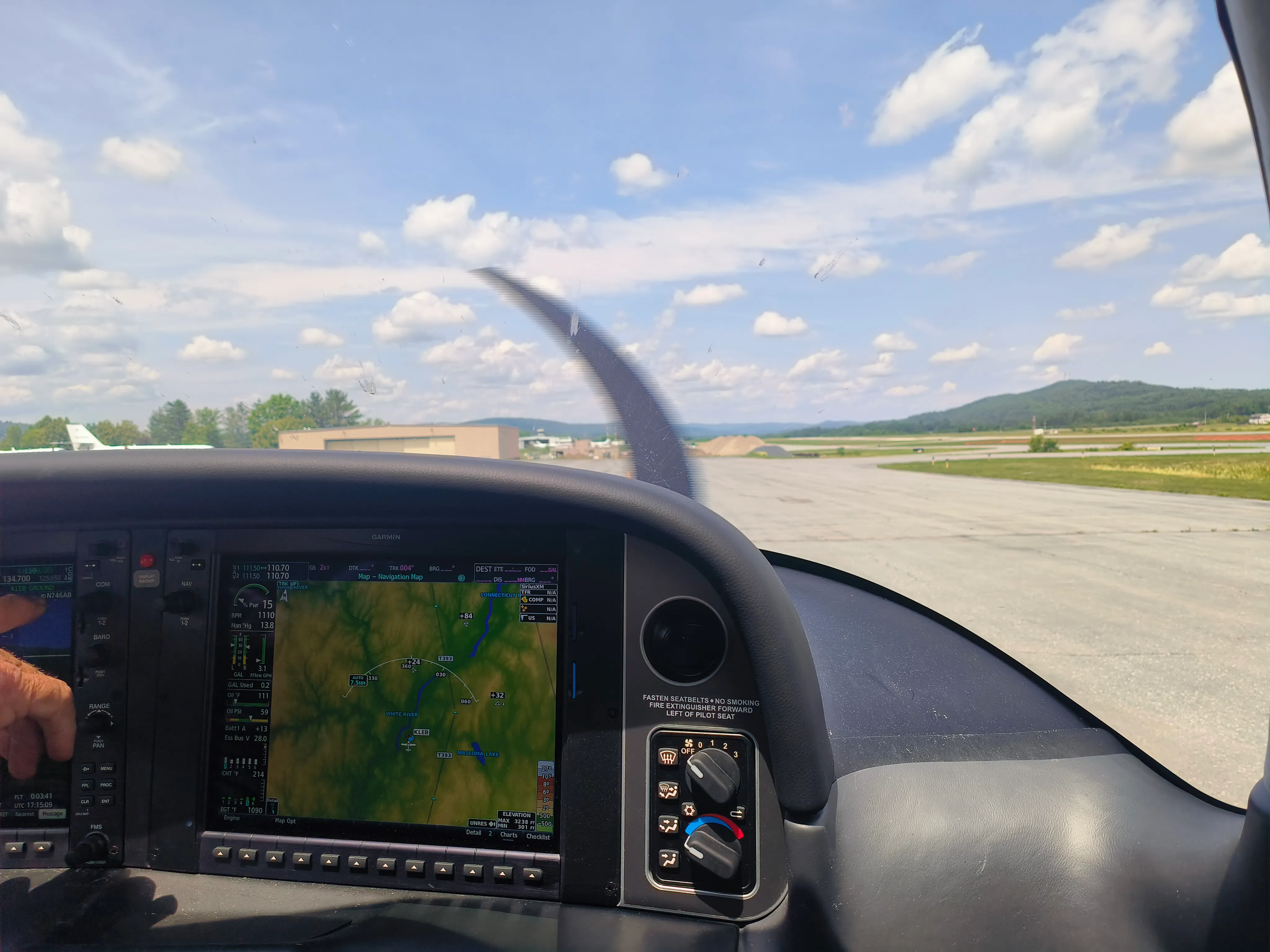 Furthermore, Cirrus keeps improving on their models, adding more and more features to make the plane safer each year. For example, the 2025 model ships with the following features.
Furthermore, Cirrus keeps improving on their models, adding more and more features to make the plane safer each year. For example, the 2025 model ships with the following features.
SurfaceWatch™ (AI runway detection that actually prevents incursions)
Blue Level Button (one-touch automated emergency descent)
Cirrus IQ PRO (predictive maintenance that cuts downtime by 37%)
All these features are additional layers to aid pilots for a safe flight, adding redundancy to the existing safety systems in place.
Takeaways
For my own work, there are some important takeaways.
For the CAPS system I take away that software solutions can always fail in real-world chaos and can result in real harm. By layering a physical redundancy on life-critical systems, like the parachute, is very important. An example of this is in robotics. If the software control fails, there needs to be a safe way to directly cut the power without relying on the software to do so.
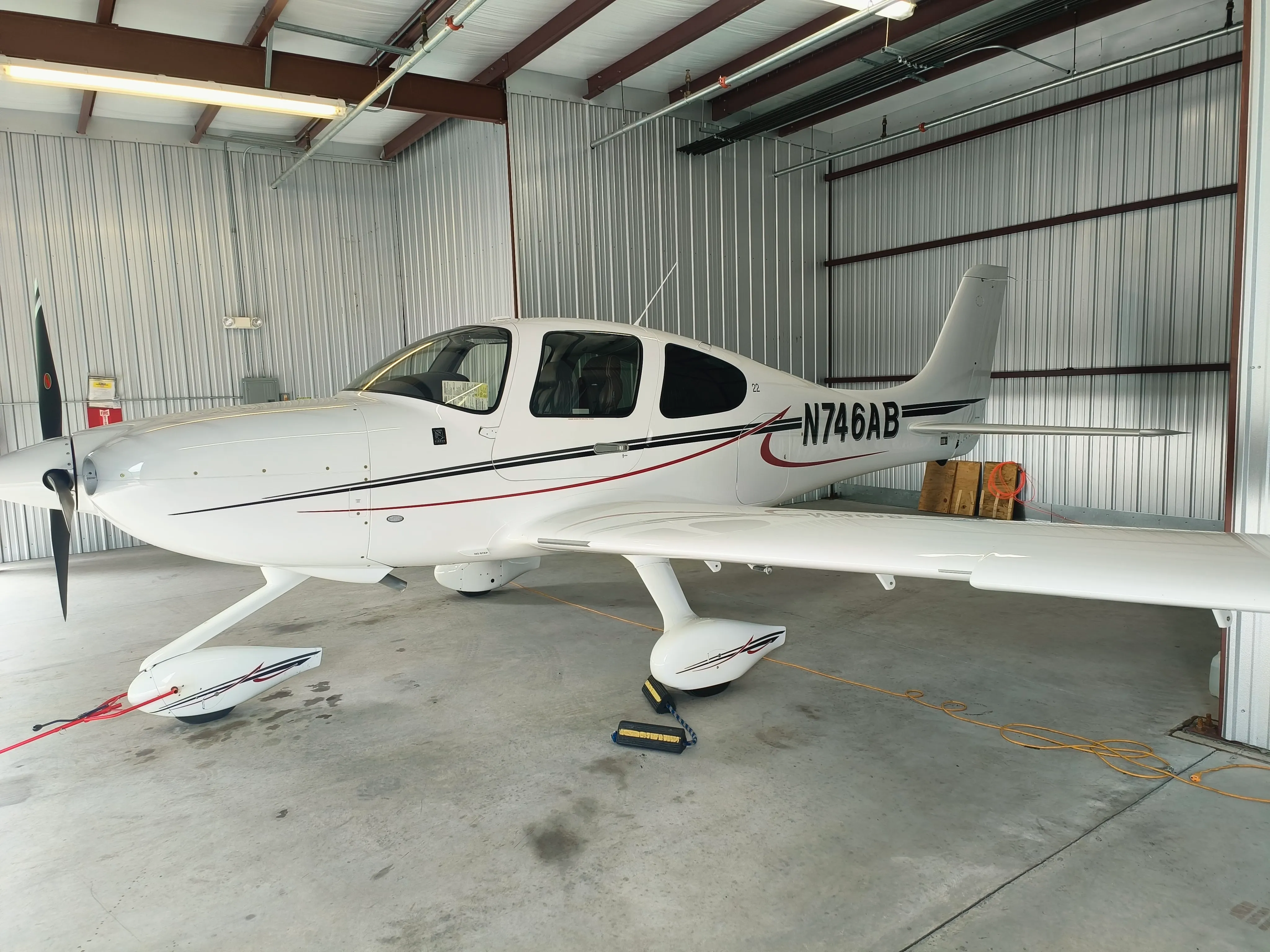
Regarding the Garmin system, it shows the importance of how layers of software abstraction can prevent mistakes. The Garmin system filters through all the data and only displays what the pilot needs to know rather than a raw dump of the data, which would be a poor design. In the same way, having many users interact with the abstracted layer can provide a better experience. An example of this would be having options for basic settings with the most critical settings and having a separate option for advanced options. This prevents the end user from messing with a setting unintentionally as well as helps them to find the settings quickly.

